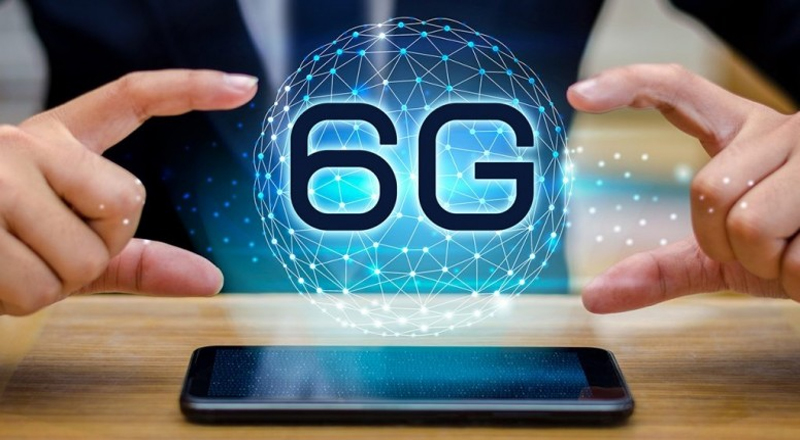While the telcos and consumers are waiting for to realise the power of 5G phones, but technologists are talking about what comes next in 6G, However, the commercial use will most likely have to wait until 2030. The arrival of 5G has been touted as a big deal. It’s not just because it promises to bring fast mobile internet, it should also enable us to connect with machines – like gadgets, industrial machines and autonomous vehicles. A big boost in speed and responsiveness is just the tip of the iceberg for the next-generation wireless technology is yet to rolled out. The technology is supposed to change your life with its revolutionary speed and responsiveness.
5G is recognised of the next-generation wireless technology that promises far faster internet access than 4G,it will enhance communications among Internet of Things devices. The 5G network is designed to connect a far greater number of devices than a traditional cellular network does. 5G can power multiple devices around you, whether it’s a dog collar or a refrigerator. Now an obvious question is on what is 6G and how it would bring another revolution ,which 5G can’t. That is 6G could connect our devices more efficiently than 5G, expanding internet coverage to much wider areas. 5G has three application scenarios: large bandwidth, low latency, and wide connection – I think 6G can achieve better application in all three scenarios.
Secondly, after all, 5G discussions had begun in 2004 when 4G standardisation was still mid-way. As per the industry experts, it is too early to talk about 6G. It took 5G ten years to develop its set of standards, and despite commercial deployment this year, they are still not fully settled.
5G initially used super high-frequency spectrum, which has shorter range but higher capacity, to deliver a massive pipe for online access. Think of it as a glorified Wi-Fi hotspot.
But given the range and interference issues, the carriers are also using lower-frequency spectrum — the type used in today’s networks — to help ferry 5G across greater distances and through walls and other obstructions.
Last year, Sprint (now part of T-Mobile) claimed it has the biggest 5G network because it’s using its 2.5 gigahertz band of spectrum, which offers wider coverage. But T-Mobile in December launched a nationwide network using even lower-frequency spectrum, which can spread further. T-Mobile intends to use Sprint’s 2.5 GHz spectrum to add more speed to its network. AT&T also launched 5G with lower bands at the end of last year, and says it plans to have nationwide coverage by the end of summer.
The result is that the insane speeds companies first promised won’t always be there, but we’ll still see a boost beyond what we get today with 4G LTE.





